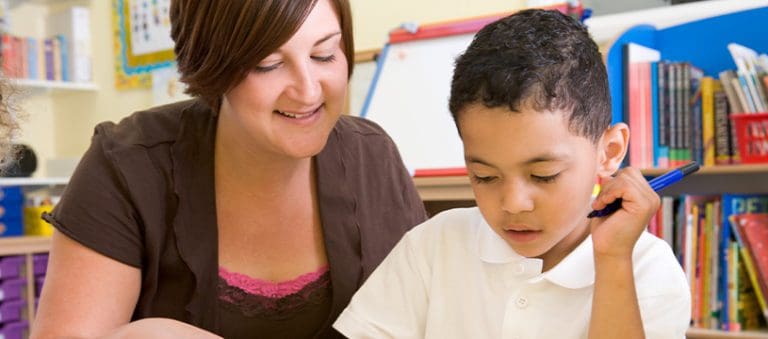We are approaching the point of the year when the time remaining begins to feel short and the list of what is yet to be learned feels long. We may choose to speed up the pace of instruction to ensure that everything contained in the curriculum is covered before time runs out. We may choose to ignore the problem and maintain the current pace, leaving what is missed for next year’s teachers to address. Or we may decide to focus on building the learning strategies students can use to better absorb and recall what they are asked to learn and be more successful now and in the future.
The problem with simply speeding up the pace of instruction is that it does little to increase the rate, depth, or recall of learning. We may meet the expectation that the curriculum is covered, but exposure to content and skills is not the same as learning. Choosing to maintain the same pace and allow the “chips to fall where they may” risks passing along learning gaps and compounding the instruction and learning challenges teachers and students will face in the fall.
Shifting to focus on learning strategies can help students to learn more, while also becoming better learners. We may find that not everything we would like students to learn can be introduced and mastered in the time remaining, but we can be more confident that what students learn will stay with them longer and they will have more effective strategies to address learning challenges in the future. When paired with thoughtful sorting of what is crucial for students to learn before the year is over, this approach can be a powerful way to finish the year.
So, what are some of the ways in which we can help students to become more successful learners and better “recallers” of what they have learned? Here are four strategies we can employ with minimal disruption to routines or loss of instruction and learning time.
First, we can coach students to spread their practice of new skills and concepts over time. Rather than practicing vocabulary words or math problem intensively in a single session, students can engage in fewer repetitions and return to the concept or skill a few hours later, the next day, or over several days for more practice sessions. When we spread practice sessions over more time, we signal to our brain that what we are learning has more significance and recall becomes easier and lasts longer.
Second, we can provide students with opportunities to vary learning related activities. We might present a new concept or skill and then design multiple ways to apply what is being learned. For example, a math problem might be introduced as a formula, followed by a word problem, and then used to solve a practical challenge. Varying activities as students are gaining and practicing new learning can increase their understanding of a concept or skill beyond following a step-by-step process to a predetermined answer. Interestingly, highly skilled athletes employ this process to move to even higher levels of performance. Varying a basketball jump shot and mixing tennis swings can lift skills beyond what is accomplished by simple repetition.
Third, we can coach students to self-test. When preparing for exams, students often believe that the best preparation is to review and reread content and materials. However, engaging in self-testing has been shown to be more effective. Responding to questions and applying new learning can help students to diagnose areas in need of strengthening and determine priority areas for focus and practice.
Fourth, we can help students to connect learning to more than an exam or grade. When students focus their learning efforts on passing a test or getting a good grade, they signal their brains that the utility of what is being learned does not necessarily extend beyond the assessment event. Consequently, students are more likely to forget what they have learned once the exam is passed, and the grade is issued. When we help students to see purpose in and gain value from their learning beyond grades and tests, we help them to position their learning for longer retention. We can reinforce this process by returning students to previously learned content periodically for review and application, even after tests are administered and grades are issued.
Many of us may already be coaching students to employ some or all of these strategies. If so, great. We can continue to shift ownership for these strategies to our students, so they apply them without our coaching and reminders. If any of these strategies are not part of the experience of our students, now is a good time for students to explore and begin to employ them.



